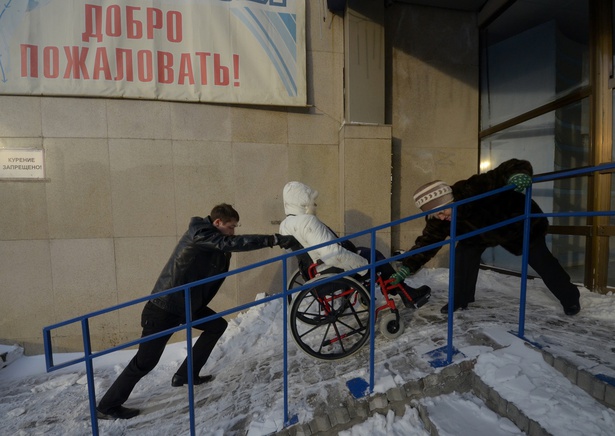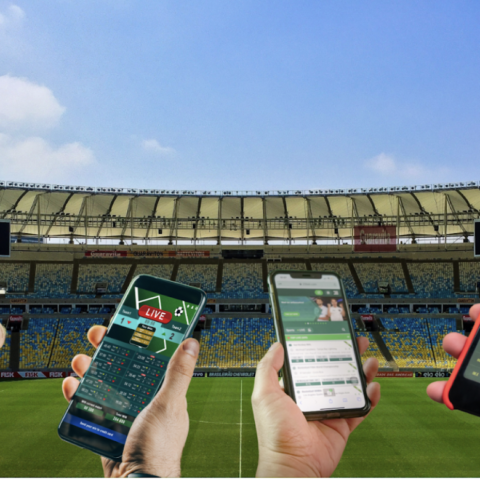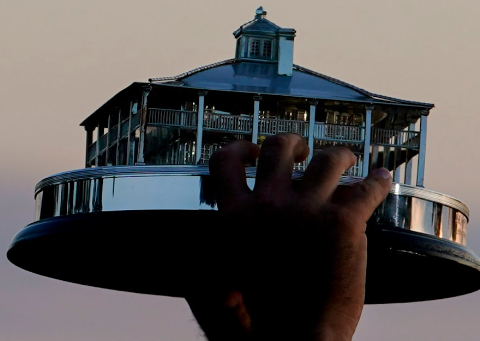
By: Kathleen Wilson
In November, Russia launched its squats for rides campaign at the Vystavochnaya subway station in western Moscow. In lieu of paying 30 rubles (92 cents) for a train ticket, willing participants could obtain a ticket by doing 30 squats in under two minutes. Special machines throughout the Vystavochnaya station monitored the form and number of squats completed and dispensed subway tickets to all successful participants. The Russian Olympic Committee supported the campaign as a means of showing the public “that the Olympic Games is not just an international competition that people watch on TV but that it is also about getting everyone involved in a sporting lifestyle.”
This campaign is indeed an innovative way to encourage people to adopt more healthy lifestyles and add more physical activity to their daily routines. However, it fails to take into consideration the physical capabilities or needs of people who are handicapped. At least 13 million people with disabilities live in Russia, comprising approximately 9 percent of the country’s population. Yet, as of 2012, only 16 percent of public and transport facilities were handicap-accessible. In particular, Russian subway stations lack elevators and escalators, rendering the path from the entrance of the station to the actual train platform inaccessible to this large portion of the Russian population.
Instead of Russia’s squats for rides campaign, a real challenge would be to confine willing participants to a wheelchair and offer them a free subway ticket in exchange for successful navigation from the street-level entry of the station to the underground train tracks. How many people would actually succeed?
Given that Russia is hosting both the 2014 Winter Olympic Games and the 2014 Winter Paralympic Games, it had even more reason to improve its infrastructure, making it more handicap-accessible. The Paralympic Games, founded in 1960, are comprised of athletes with physical disabilities such as amputations, spinal cord injuries, cerebral palsy, and visual impairment and with intellectual disabilities. Like the Olympic Games, the Paralympics are held every four years, following the Olympic Games. This year, from March 7-16, nearly 700 athletes from 45 countries will gather to compete in 72 medal events including alpine skiing, biathlon, cross-country skiing, ice sledge hockey, and wheelchair curling.
Russia’s agreement to host the 2014 Paralympic Games is monumental progress for the country. When hosting the 1980 Summer Olympic Games, the Soviet Union refused to host the Paralympics, stating, “There are no disabled people in the USSR.” Is Russia’s agreement to host the Paralympic Games enough or, as the lack of handicap-accessible infrastructure suggests, is Russia still neglecting its disabled population?
Russia is not the only party to have brushed aside the concerns of disabled populations. With all of the attention being placed on the Olympic Games, the Paralympic Games and its participants remain nothing more than a brief afterthought for the media in the United States as well. Compared to NBCSN’s 230 hours of Olympic coverage from Sochi, this year’s Paralympic games will only receive 50 hours of television coverage by NBC and NBCSN. Although this year’s coverage of the Paralympics is a large improvement from NBC’s mere five and a half hours of coverage of the 2012 London Paralympic Games, the lack of both equitable coverage of the two events and a society in which able-bodied and disabled people are treated equally still persists.
Ask anyone to name a famous Olympian and he or she will easily be able to formulate an answer; yet, how many people would be able to answer the same question about a famous Paralympian?
Some argue that the best way to increase society’s acceptance of those with disabilities is to combine the Olympics and the Paralympics. A poll taken following the 2012 London Paralympics found that 54 percent of British adults felt combining the Olympics and Paralympics would help disabled athletes to be taken more seriously, and 52 percent felt this combination would help improve society’s views about disabled people. Furthermore, 65 percent of disabled people supported a combined Olympic/Paralympic event.
According to the president of the International Olympics Committee, a Paralympics and Olympics merger may occur after 2020. However, in the meantime, steps must be taken to improve the current Olympic/Paralympic system that separates the able-bodied from the disabled and reinforces the societal bias against those with disabilities. The media should devote more of its resources to covering the Paralympics, making it a well-revered event rather than a mere afterthought. More importantly, future Olympic and Paralympic host countries such as Brazil in 2016 and South Korea in 2018 need to devote more resources to making their countries more disabled-friendly.

